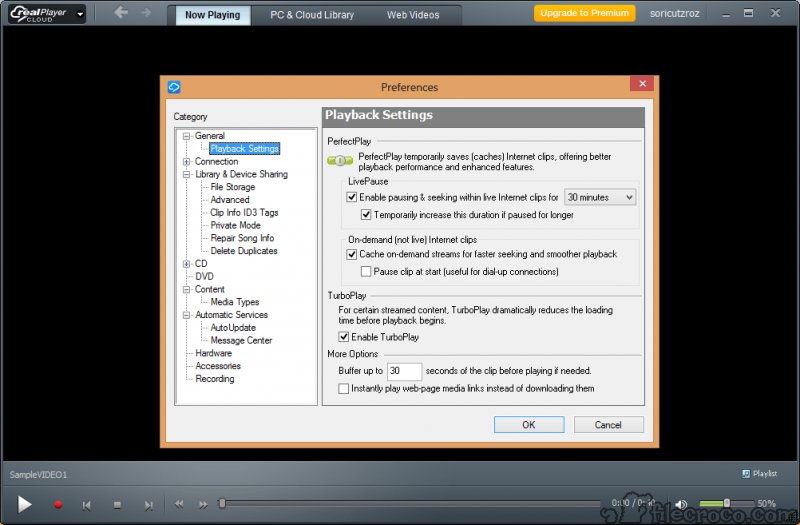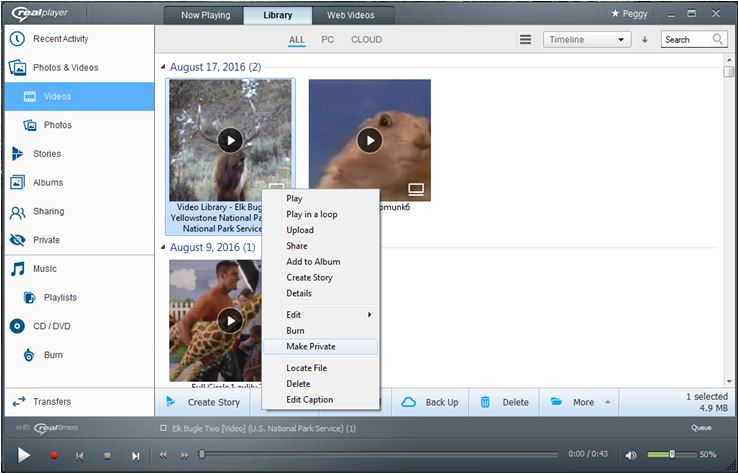
It has a specific container format (a chunk) that includes a four-character tag ( FourCC) and the size (number of bytes) of the chunk. There are some inconsistencies in the WAV format: for example, 8-bit data is unsigned while 16-bit data is signed, and many chunks duplicate information found in other chunks.Ī RIFF file is a tagged file format.

The user interface (UI) for Audio Compression Manager may be accessed through various programs that use it, including Sound Recorder in some versions of Windows.īeginning with Windows 2000, a WAVE_FORMAT_EXTENSIBLE header was defined which specifies multiple audio channel data along with speaker positions, eliminates ambiguity regarding sample types and container sizes in the standard WAV format and supports defining custom extensions to the format chunk. Any ACM codec can be used to compress a WAV file. The WAV format supports compressed audio using, on Microsoft Windows, the Audio Compression Manager (ACM). WAV files can also be edited and manipulated with relative ease using software. Since LPCM is uncompressed and retains all of the samples of an audio track, professional users or audio experts may use the WAV format with LPCM audio for maximum audio quality. LPCM is also the standard audio coding format for audio CDs, which store two-channel LPCM audio sampled at 44.1 kHz with 16 bits per sample. Though a WAV file can contain compressed audio, the most common WAV audio format is uncompressed audio in the linear pulse-code modulation (LPCM) format.

The RIFF format acts as a "wrapper" for various audio coding formats. The WAV file is an instance of a Resource Interchange File Format (RIFF) defined by IBM and Microsoft. WAV is a large application of the Resource Interchange File Format (RIFF) bitstream format method for storing data in chunks, and thus is similar to the 8SVX and the AIFF format used on Amiga and Macintosh computers, respectively.

The usual bitstream encoding is the linear pulse-code modulation (LPCM) format. It is the main format used on Microsoft Windows systems for uncompressed audio. Waveform Audio File Format ( WAVE, or WAV due to its filename extension pronounced "wave" ) is an audio file format standard, developed by IBM and Microsoft, for storing an audio bitstream on PCs. Multiple Channel Audio Data and WAVE Filesħ March 2007 16 years ago ( ) (update)


 0 kommentar(er)
0 kommentar(er)
